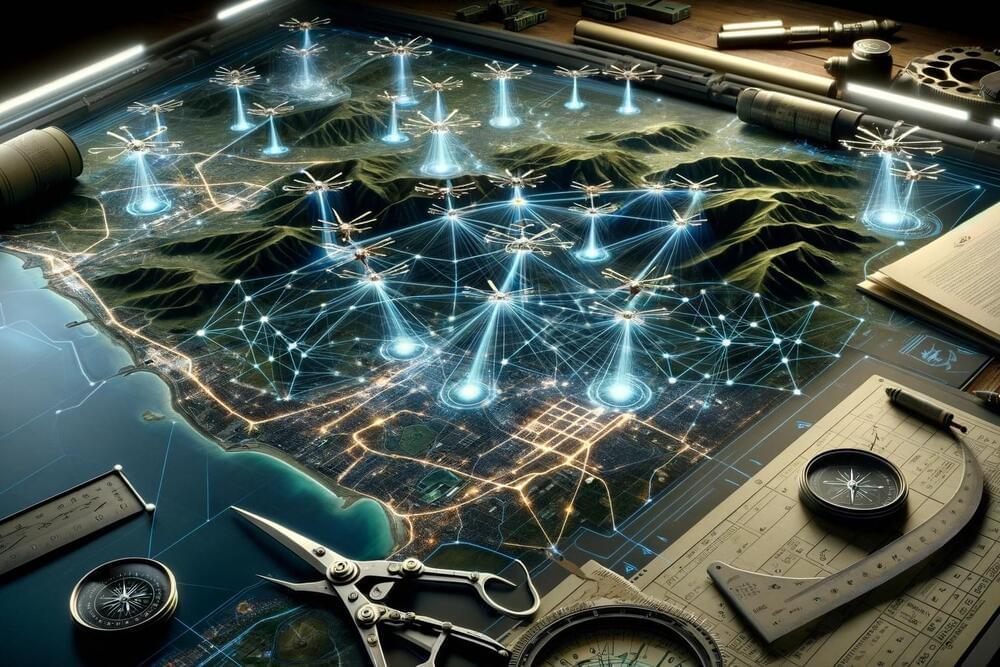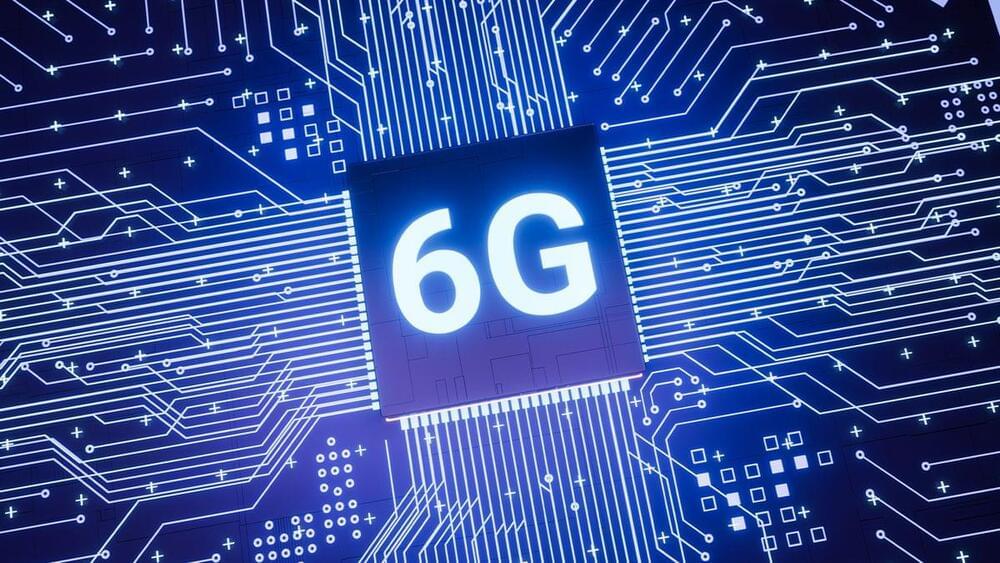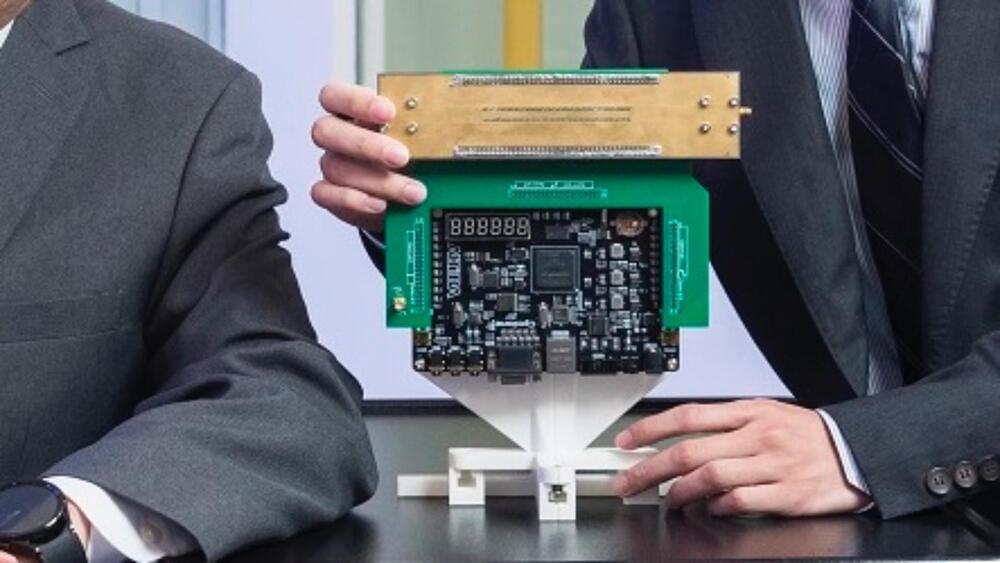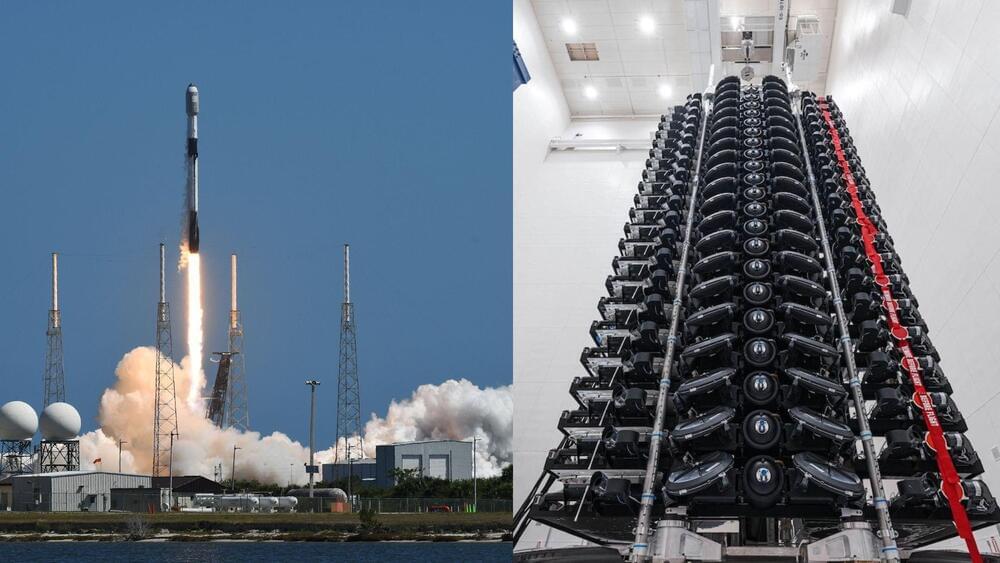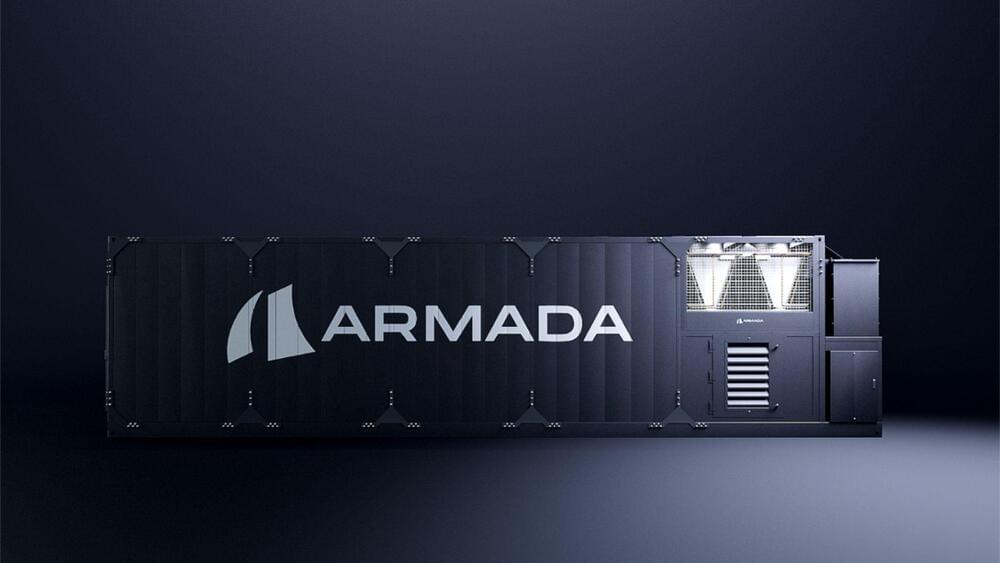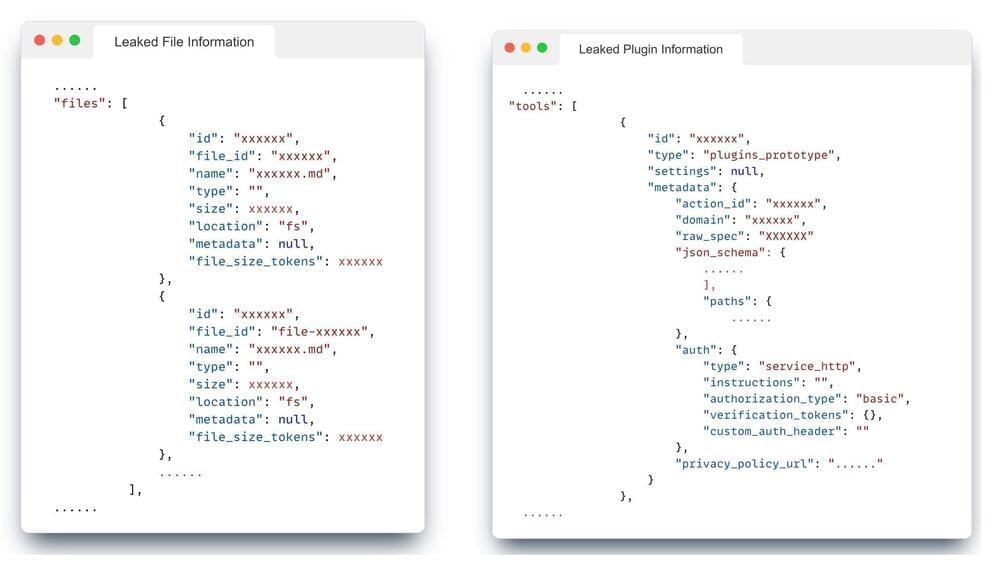Watch live coverage as SpaceX launches a Falcon 9 rocket with 23 second-generation Starlink internet satellites. Liftoff from pad 40 at Cape Canaveral Space Force Station is scheduled for tonight at 11:01 p.m. EST (0401 UTC). The first-stage booster, making its third flight, will land on the drone ship ‘A Shortfall of Gravitas’ about eight and a half minutes into the flight.\
Our live coverage from Cape Canaveral, with commentary by Will Robinson-Smith, will begin about an hour before launch.\
Videos like this are made possible by the support of our members. Join this channel to get access to perks:\
